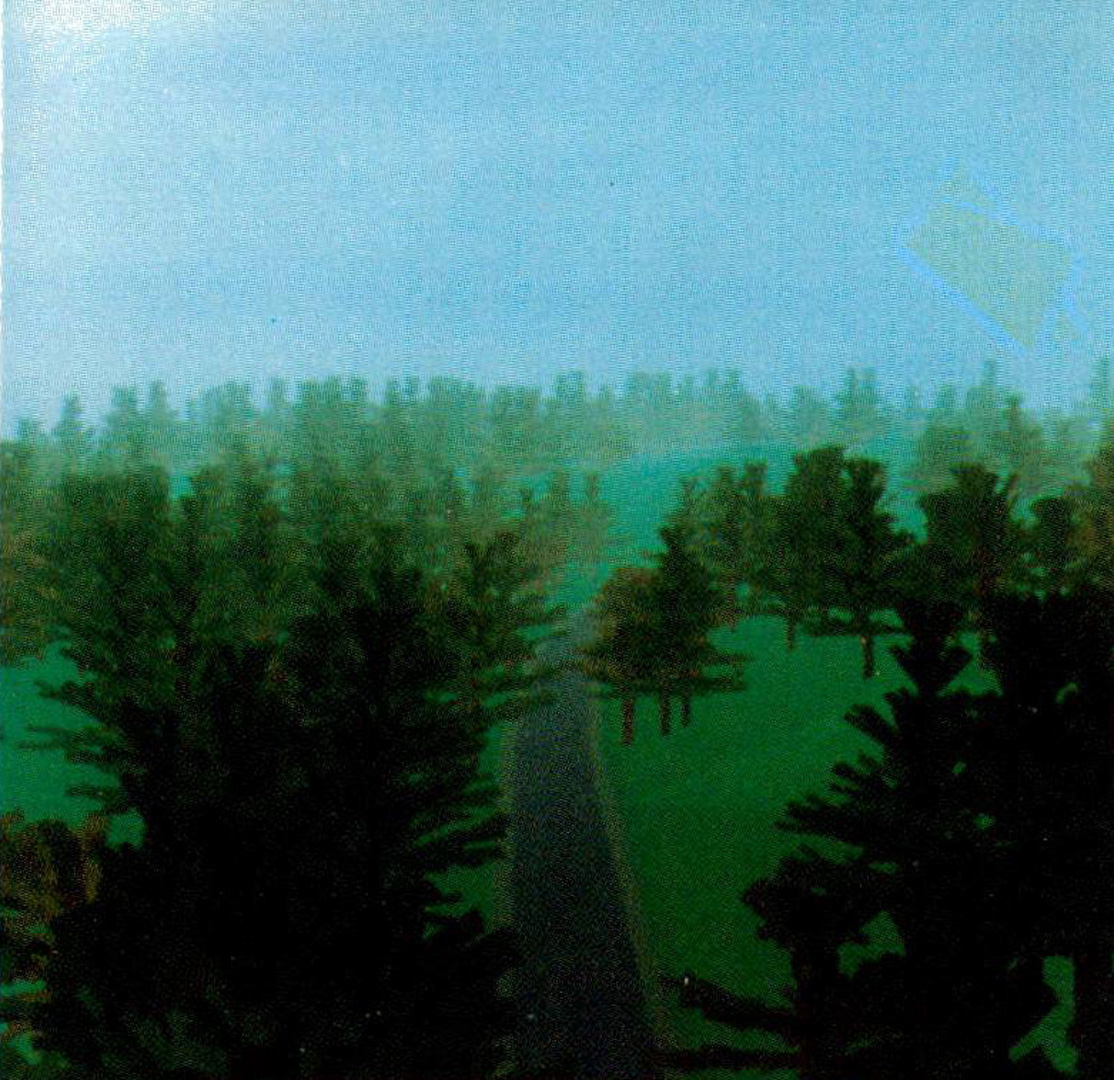“Managing geometric complexity with enhanced procedural models” by Amburn, Grant and Whitted
Conference:
Type(s):
Title:
- Managing geometric complexity with enhanced procedural models
Presenter(s)/Author(s):
Abstract:
We illustrate two enhancements to procedural geometric models which allow autonomous procedures to jointly satisfy mutual constraints. One of the techniques adds communications paths between procedures which may affect one another. Conflicts are resolved by modifying communicating procedures as they execute.The second technique is a generalization of widely used subdivision procedures. The termination test of typical subdivision methods is replaced with a “transition” test. The subdivision procedure is augmented with a “script” in the form of a state transition table which controls the procedures’ response to external events as well as to the normal termination conditions.In the examples we show how effective these techniques are building complex geometric models with very sparse input.
References:
1. Badler, N.I. Design of a Human Movement Representation incorporating Dynamics. University of Pennsylvania. 1984.
2. Blinn, James F. “Generalization of Algebraic Surface Drawing,” ACM Transactions on Graphics, 1, No. 3 July 1982 pp. 235-256.
3. Bloomenthal, Jules “Modeling the Mighty Maple,” Computer Graphics, 19, No. 3 July 1985 pp. 305-311.
4. Catmull, Edwin E. “A Subdivision Algorithm for Computer Display of Curved Surfaces,” Ph.D. Diss. University of Utah December 1974.
5. Clark, James H. “A Fast Algorithm for Rendering Parametric Surfaces,” Supplement to the Proceedings of SIGGRAPH ’79, August 1979.
6. Csuri, Charles, personal communication, 1985.
7. Fournier, Alain, Don Fussell, and Loren C. Carpenter “Computer Rendering of Stochastic Models,” Communications of the ACM, 25, No. 6 June 1982 pp. 371-384.
8. Hedelman, Harold, personal communication, 1982.
9. Kahn, K. “An Actor-Based Computer Animation Language,” in Proceedings of the ACM-SIGGRAPH Workshop on User-Oriented Design of Computer Graphics Systems, Pittsburgh, PA: October 1976.
10. Lane, Jeffrey M., Loren C. Carpenter, James F. Blinn, and Turner Whitted, “Scan Line Methods for Displaying Parametrically Defined Surfaces,” Communications of the ACM, 23, No. 1 January 1980 pp. 23-34.
11. Lane, Jeffrey M., and R.F. Riesenfeld, “A Theoretical Development for Computer Generation and Display of Piecewise Polynomial Surfaces,” IEEE Transactions on Pattern Analysis and Machine Intelligence, PAMI-2, No. 1 January 1980 pp. 35-46.
12. Mandelbrot, Benoit Fractals: Form, Chance, and Dimension. San Francisco: W.H. Freeman, 1977.
13. Newell, Martin E., “The Ulilization of Procedure Models in Computer Synthesized Shaded Images,” Ph.D. Diss. Universit3, of Utah 1975.
14. Perlin, Ken, “An Image Synthesizer,” Computer Graphics, 19, No. 3 July 1985 pp. 287-296.
15. Reeves, William, “Particle Systems – A Technique for Modelling a Class of Fuzzy Objects,” A CM Transactions on Graphics, 2, No. 2 April 1983 pp. 91-108.
16. Reeves, William T., and Ricki Blau, “Approximate and Probabilistic Algorithms for Shading and Rendering Structured Particle Systems,” Computer Graphics, 19, No. 3 July 1985 pp. 313-322.
17. Reynolds, Craig, “Computer Animation with Scripts and Actors,” Computer Graphics, 16, No. 3 july 1982 pp. 289-296.
18. Smith, Alvy Ray, “Plants, Fractals, and Formal Languages,” Computer Graphics, 18, No. 3 July 1984 pp. 1-10.
19. Stroustrup, Bjame The C+ + Programming Language. Addison-Wesley, 1986.
20. Zeltzer, David, “Representation and Control of Three Dimensional Computer Animated Figures,” Ph.D. Diss. Ohio State University August 1984.





